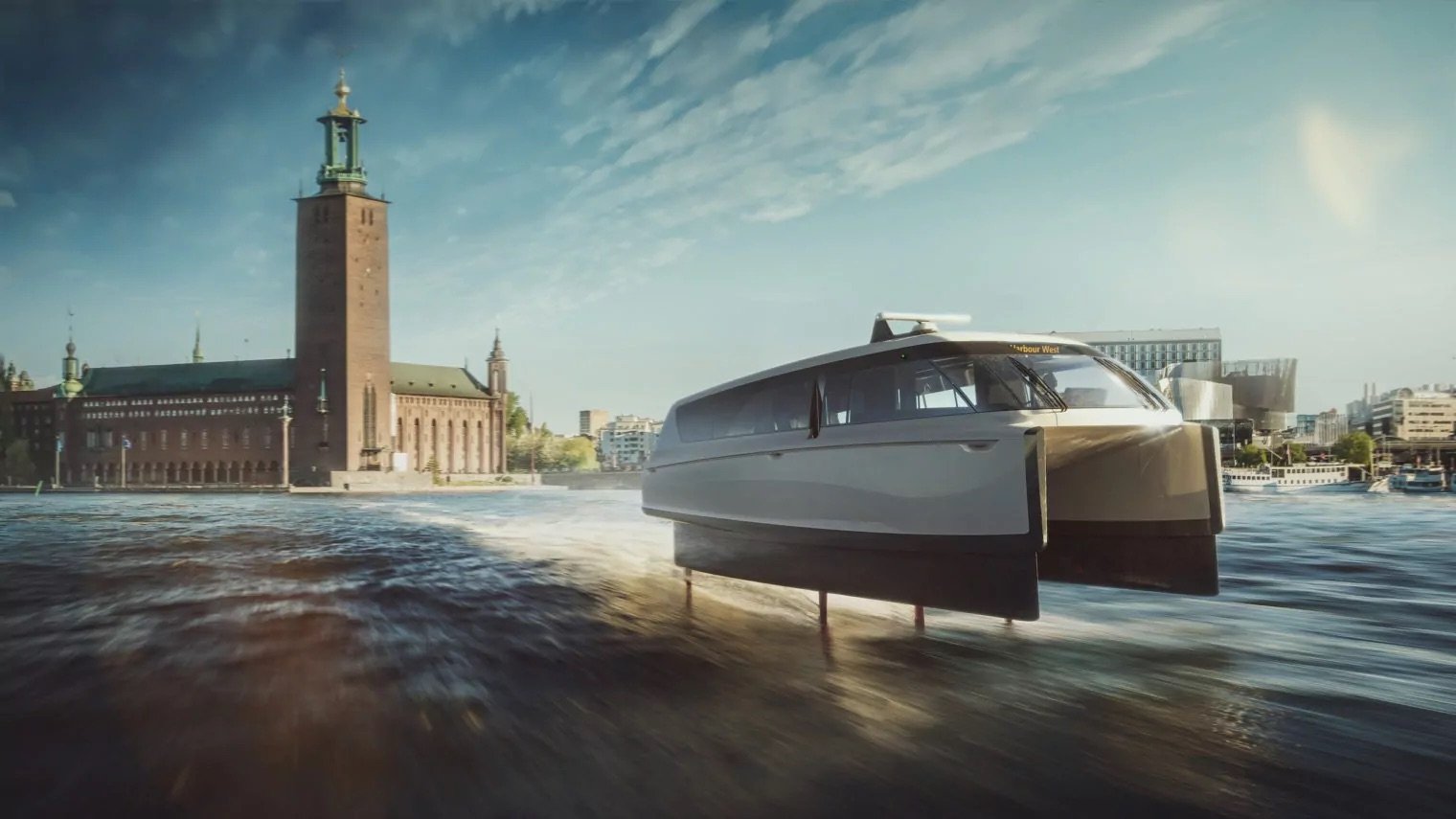Stockholm-based makers of electric hydrofoil watercraft, Candela have raised $20 million in a new funding round. The capital will see the company shift into high gear and begin mass production of its 30-passenger electric ferry in the company’s Stockholm factory. Founded in 2014, Candela has gone on record raising approximately $45.5 million since 2021.
The $20 million Series unknown round was led by EQT Ventures and investor duo Joel Eklund (Fosielund Holding AB) and Svante Nilo Bengtsson (Marknadspotential AB), with Zen Yachts backer Ocean Zero participating, amongst other undisclosed parties.
Chances are you’ve probably seen, or are at least familiar with the concept of a hydrofoil, but if not, a quick rundown: Similar to what an aerofoil does for an aeroplane, the same is true for a hydrofoil for a boat. The practice involves that of lift at, and enabling an increase of, speed, thereby reducing drag.

By reducing the drag force, the coefficient of drag is thus decreased, meaning that the energy required by the system to maintain the same speed or speeds is proportionally decreased. I.e. less energy consumed to create the same speed = the same amount of energy, in the case of Candela boats, electricity, can be used over a longer period of time.
Much like Formula 1, or Formula E technologies trickle down into everyday usage, the same is true to some extent with Candela. Hydrofoil technologies have been present in motorboat racing for year now, and now this same speed demon technology is trickling down not only into speed (upon launch of Candela’s P-12 Shuttle it will become the fastest and longest-range electric passenger vessel in the world), but sustainability through longer ranges on less “fuel” than it’s diesel counterparts.
In fact, a life cycle analysis by Stockholm’s Royal Institute of Technology concluded that a P-12 ferry will emit 97.5% less carbon dioxide over its lifetime compared to a diesel vessel of the same size. And, adding further joy, according to Candela, their ferry will cut operating costs for operators by 50% due in part to fuel and maintenance costs.
The company is in talks with over 180 interested operators, least of which will be its home market of Stockholm, with a P-12 ferry slated to run between Ekerö and central Stockholm, effectively cutting half an hour off of passenger travel time, say nothing of reducing CO2 output. As an additional benefit, as the science behind hydrofoil technology lifts the hull of the vessel out of the water, no wake is created, and the P-12 ferry has received an exemption from the 12-knot speed limit imposed about Stockholm’s urban waterways.


